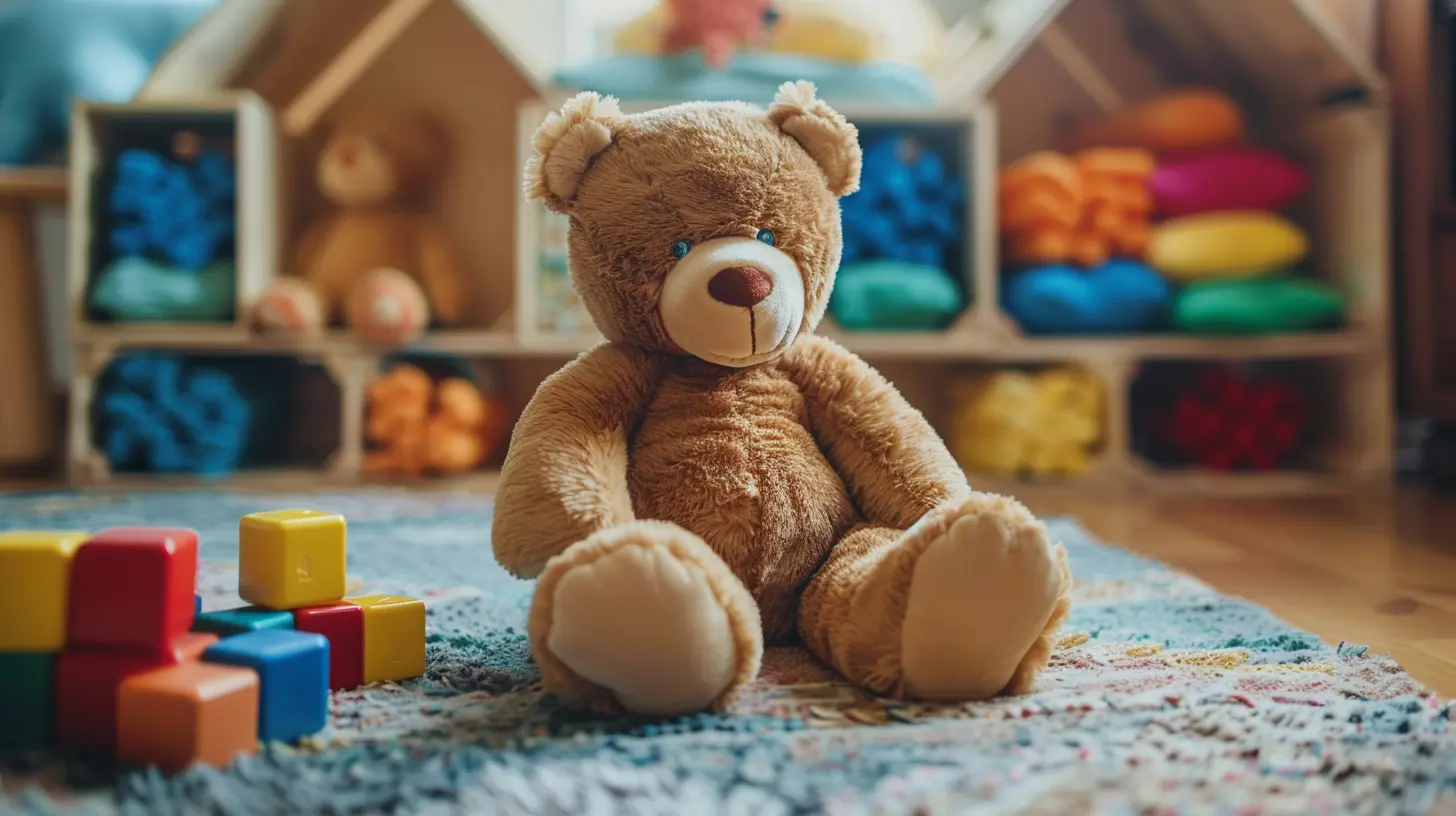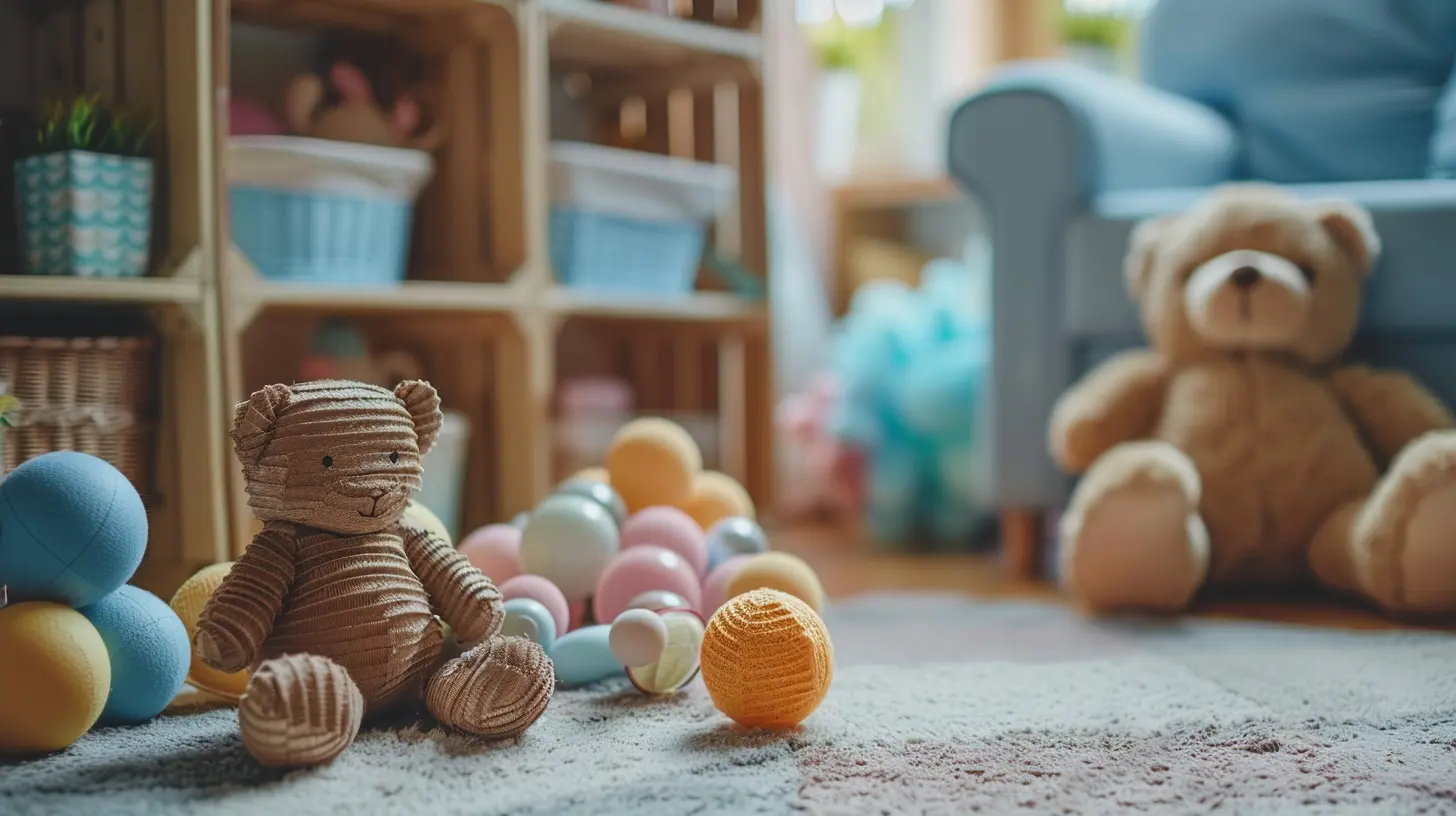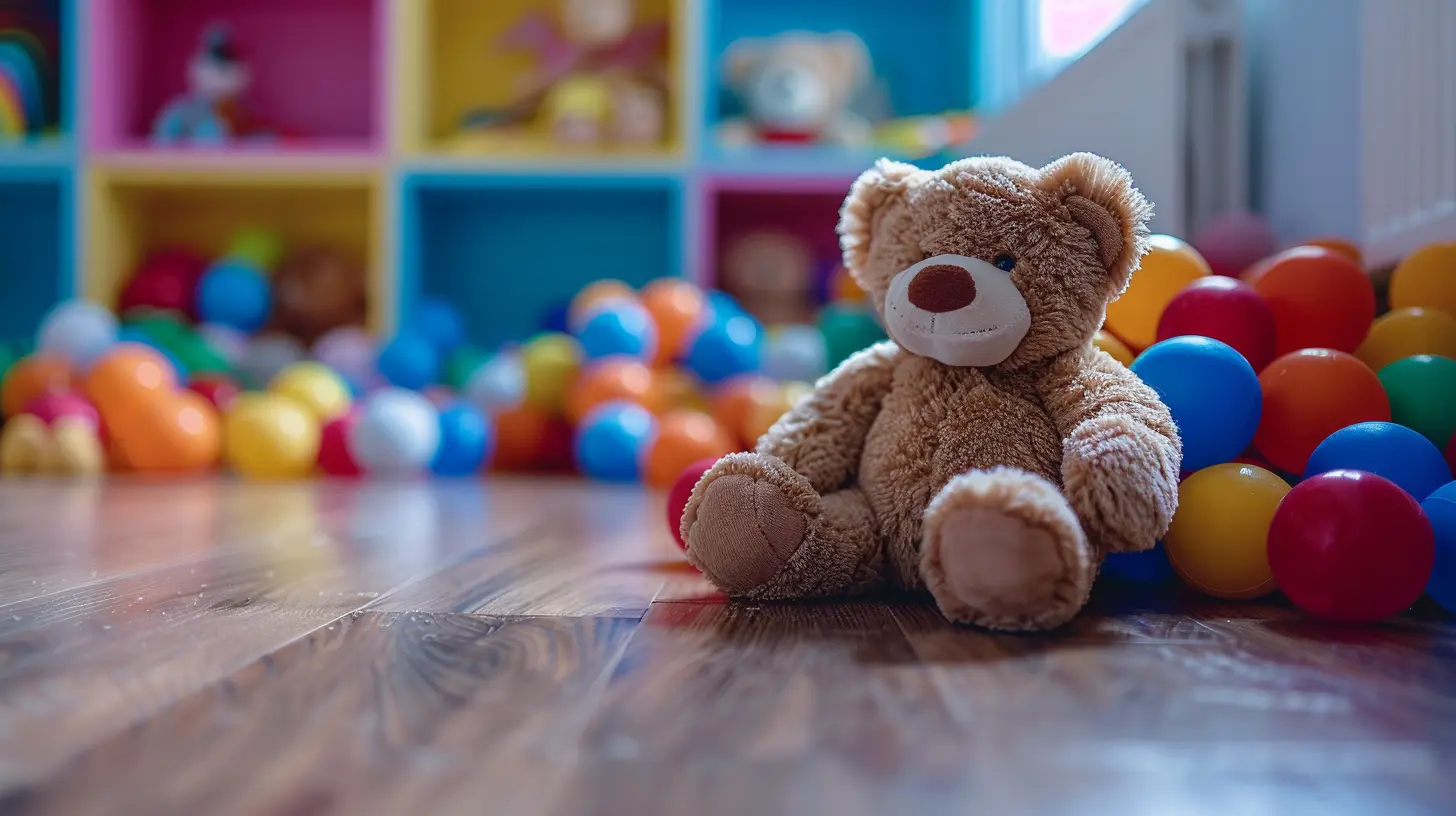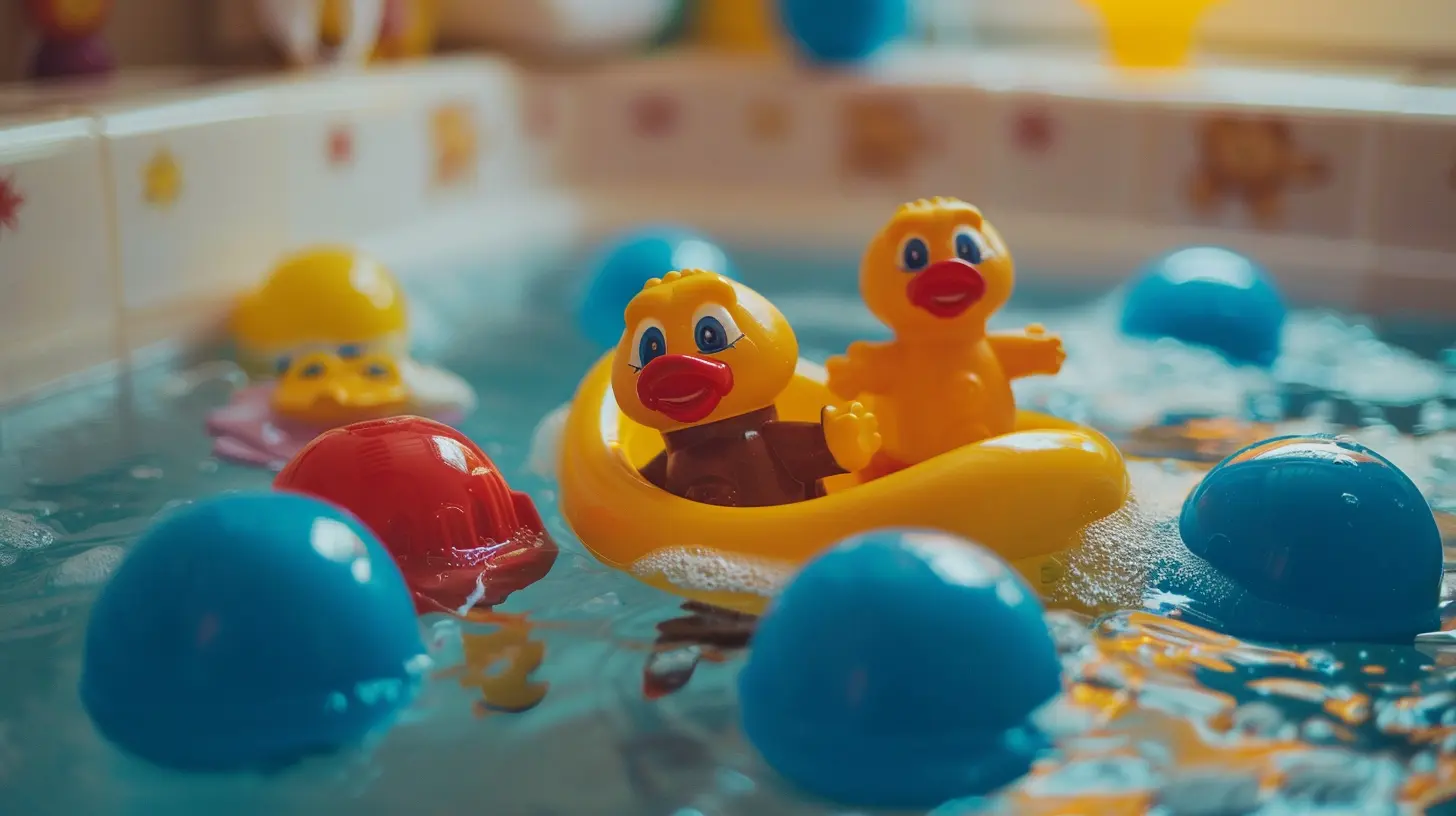Tips for Childproofing Fragile Items in Your Home
1 September 2025
Parenting is an incredible journey filled with joy, laughter, and, let's be real—some pretty chaotic moments. Once your little one starts crawling, toddling, and exploring, your home becomes their playground. That’s when you realize just how many fragile items you have lying around. From decorative vases to glass coffee tables and cherished heirlooms, it suddenly feels like you’re living in a minefield of breakables.
No need to panic though—we’ve got your back! In this ultimate guide, we’ll walk you through practical and easy-to-follow tips for childproofing fragile items in your home. Whether you're a first-time parent or a seasoned pro, these childproofing strategies will help you create a safer environment while keeping your sanity intact.
Why Is Childproofing Important?
Have you ever watched a toddler in action? They're like pint-sized tornadoes with sticky fingers and zero impulse control. It only takes a second for a beautiful glass bowl to become a pile of shattered regret on the floor.Childproofing isn't just about protecting your treasured possessions—it's about keeping your child safe from harm. Fragile items can break, leaving behind sharp edges and dangerous shards. A curious toddler doesn't understand the difference between a toy and a porcelain figurine. That’s where we—as parents—step in to create a space that’s both safe and stylish.
Assess Your Space: Start With a Walkthrough
Before you roll up your sleeves, go on a little mission around your home. Walk through each room and identify potential hazards, especially anything made of glass, ceramic, or materials that can easily shatter or break.Think like your child for a second. If you were tiny and saw something shiny, within arm’s reach, and oh-so-touchable—wouldn’t you go for it too? That’s exactly the mindset to channel.
Make a list or take photos. This will help you keep track of what needs securing, hiding, or storing away. It’s a simple step, but trust me—it lays the groundwork for everything that follows.
Tip #1: Elevate and Relocate Fragile Items
The golden rule? "Out of sight, out of reach."If something is breakable and means a lot to you, consider moving it to higher shelves or enclosed cabinets. This could be a decorative vase, a framed photo, or your favorite scented candle in a delicate glass jar.
Wall-mounted shelves, floating shelves, or higher bookcases (secured to the wall, of course) are your best friends here. Another win? It keeps your décor game strong without making everything feel like a daycare center.
Tip #2: Use Childproof Cabinet Locks
For those pieces you can’t move—maybe they’re behind glass cabinets or inside cupboards—install childproof locks. These are easy to find, inexpensive, and surprisingly effective.Magnetic locks and adhesive options are great because they’re simple to install and don’t damage your furniture. What’s awesome is many of them are almost invisible from the outside, so you’re not sacrificing style for safety.
Just imagine your little explorer trying to pry open a cabinet, only to be hilariously foiled—thank you, childproof lock!
Tip #3: Cushion Sharp Corners and Edges
Glass coffee tables, TV stands, and fragile furniture often come with sharp edges and corners. When toddlers fall (and let’s face it, they do that a lot), these edges can be dangerous.Invest in corner guards and edge bumpers. They’re usually made of soft foam or rubber and can be clear or customized to match your furniture. It’s like giving your furniture a little safety helmet.
Bonus tip: If you’ve got glass tabletops, consider swapping them out temporarily or covering them with a thick tablecloth or cushioned pad.
Tip #4: Anchor Furniture to the Wall
Let’s talk about the infamous toddler climbing phase. A bookshelf, sideboard, or TV stand can suddenly become a mini-mountain ready for conquest.If you have heavy or tall pieces of furniture, especially those housing fragile items, anchor them to the wall. Anti-tip furniture straps are easy to install and can literally prevent tragedy.
Anchoring furniture is one of those “better safe than sorry” kind of moves. It’s like buckling your seatbelt—you hope you never need it, but it could be a lifesaver.
Tip #5: Store Valuables in Lockable Display Cases
If you’ve got heirlooms, collector’s items, or anything sentimental and breakable, store them in a display case with a lock.These cases allow you to enjoy your treasures without putting them at risk. It’s like having your cake and eating it too—except in this case, your child doesn’t accidentally knock the cake to the floor.
A bonus? Locked display cases also keep dust at bay. Win-win!
Tip #6: Swap Out Decor Temporarily
Sometimes the easiest solution is a temporary change. While your child is in that "destruction-by-curiosity" phase, consider swapping fragile decor for soft, child-friendly alternatives.Think woven baskets instead of ceramic bowls, wooden figurines instead of glass ones, or felt wall art instead of picture frames with glass panes.
It’s a small sacrifice that keeps your aesthetic intact—because who says baby-proofing can’t be stylish?
Tip #7: Use Safety Gates Strategically
You don’t need to childproof every single inch of your home. Sometimes it makes more sense to limit access instead.Use safety gates to block off rooms that house the bulk of your fragile items. Maybe it’s your formal living room, a home office, or a dining space with grandma’s porcelain collection.
Safety gates help you keep your child in safe zones without constantly saying "No!" every five seconds. And sanity, my friend, is everything when you're parenting.
Tip #8: Educate and Redirect
Believe it or not, baby-proofing isn’t just about making physical changes. It’s also about teaching.Start early by teaching your toddler the meaning of words like “no,” “hot,” “ouch,” and “break.” Redirection is incredibly helpful at this stage. If they reach for something fragile, gently guide them to a safe toy instead.
Remember, even small children can understand a lot more than they can say. You’re not just protecting your home—you’re nurturing awareness.
Tip #9: Create a Safe Play Zone
If you give your toddler a designated space to let loose, they’ll be less likely to explore forbidden areas.Create a cozy, safe play zone with age-appropriate toys, soft surfaces, and no breakables in sight. Use playpens, foam mats, or even transform a corner of the living room into their personal play haven.
If your child has their own special "yes" space, they won’t be as tempted to get into your "no" space.
Tip #10: Reassess as Your Child Grows
Here’s the thing about kids—they’re constantly changing. One day, they can’t even crawl. The next, they’re standing on tiptoes, reaching for the top shelf like a tiny ninja.Your childproofing strategy should grow with your child. Make it a habit to reassess your home every few months. Look for new hazards and update safety measures accordingly.
Think of it like software updates—but for your living room.
Childproofing Doesn’t Mean Giving Up Your Style
It's a common fear that childproofing means turning your house into a padded cell. But with so many stylish safety options today, you don’t have to compromise your home’s vibe.Furniture bumpers now come in sleek colors. Baby gates look more like trendy barn doors. And you can find decorative baskets that double as toy storage.
You’ve got options—use them to create a space that feels like home for everyone, big and small.
Final Thoughts: Safety Is a Journey, Not a Destination
The journey of childproofing is ongoing, much like the rest of parenting. There’s always something new to learn, adjust, and improve. But here’s what matters most—you’re doing your best to create a loving, safe space for your child, and that’s something to be proud of.Remember, even if a few things break along the way (and trust us, they will), what matters most is the safety and happiness that fills your home.
So take these tips, tweak them to fit your space, and enjoy this wild, wonderful ride called parenting.
Because one day, the sticky fingers will be gone. The toys will be put away. And you’ll miss finding plastic dinosaurs in your shoes.
Until then—childproof with love.
all images in this post were generated using AI tools
Category:
ChildproofingAuthor:

Max Shaffer
Discussion
rate this article
1 comments
Margaret Fry
Great tips! Childproofing is essential for a safe home.
September 12, 2025 at 3:42 PM

Max Shaffer
Thank you! I'm glad you found the tips helpful for creating a safer environment for kids.


